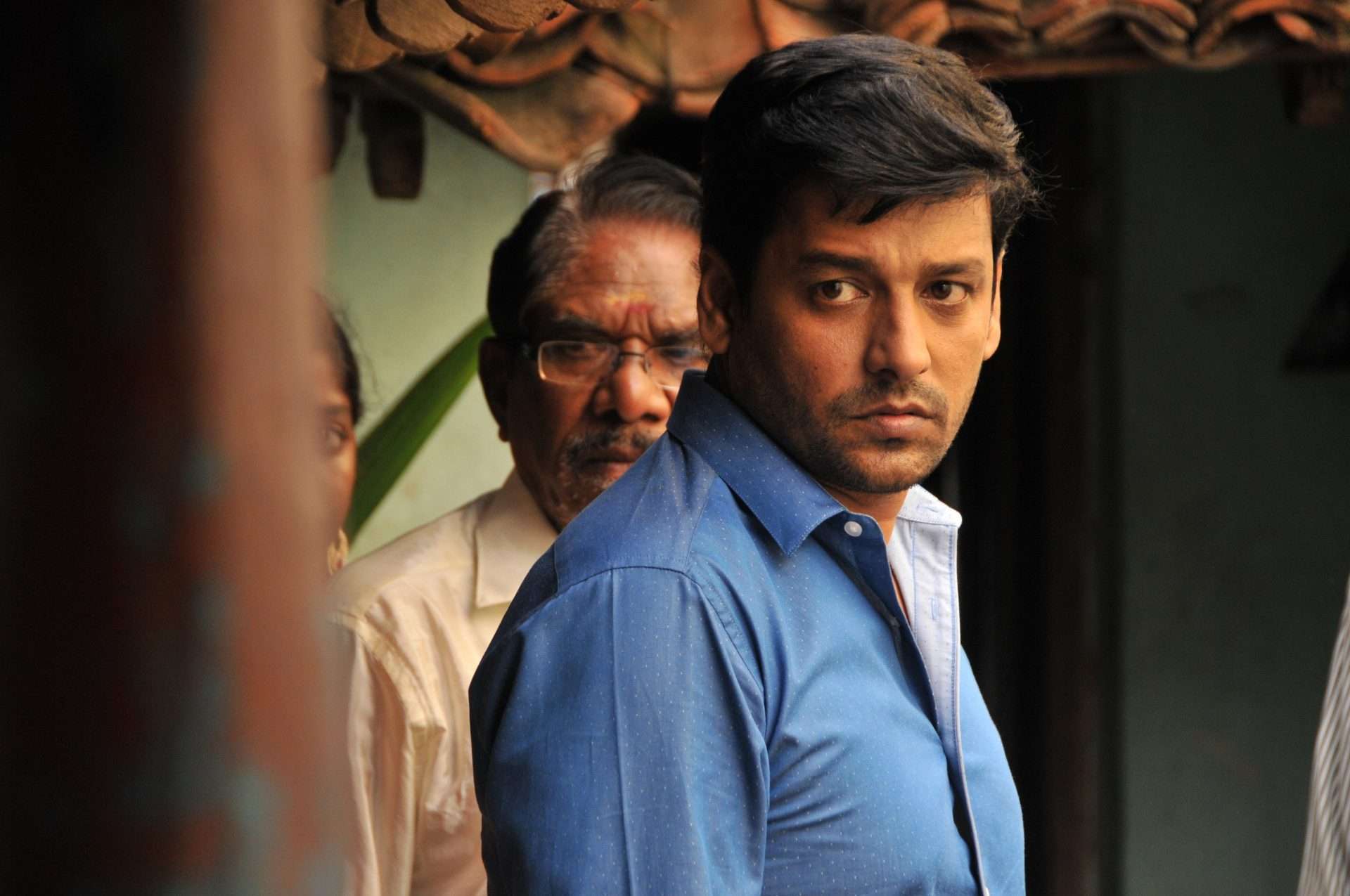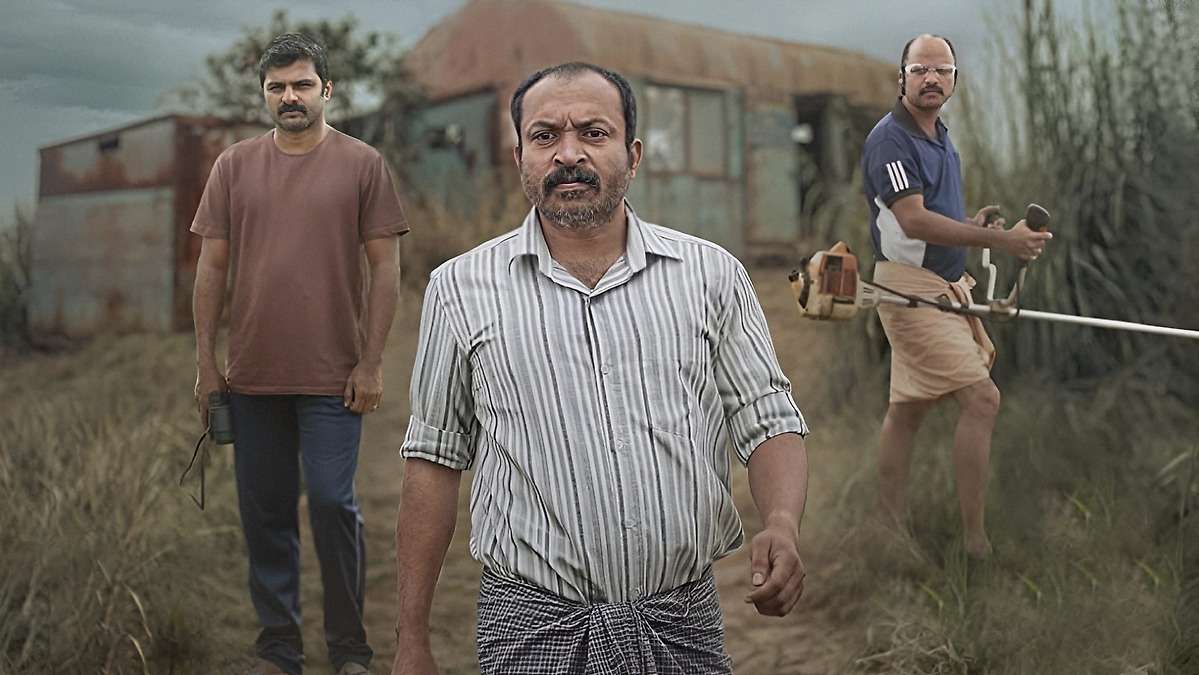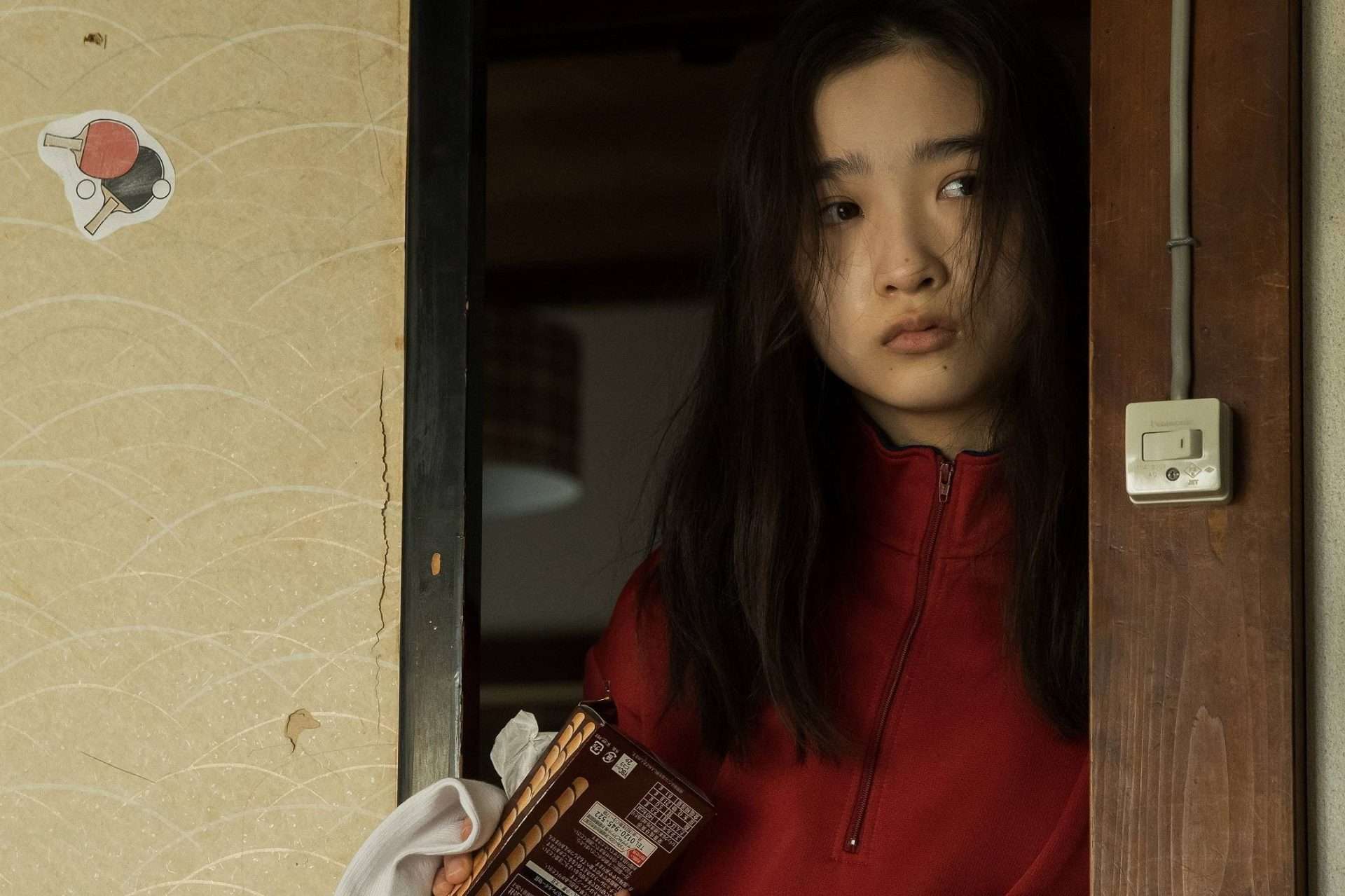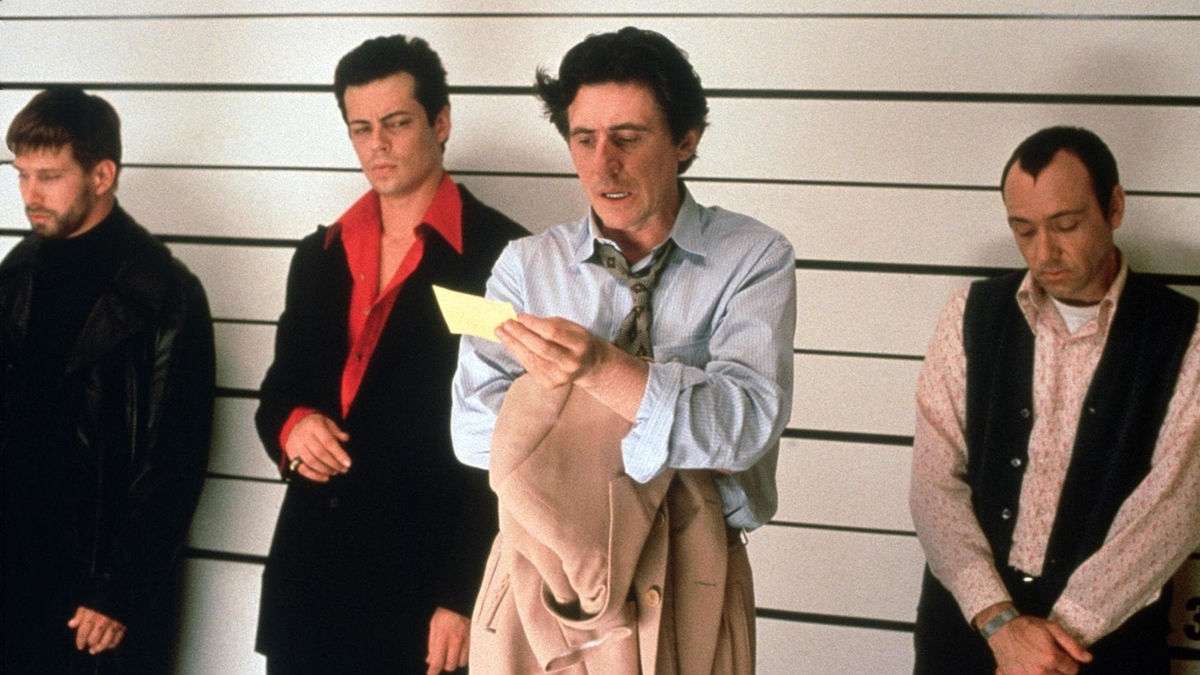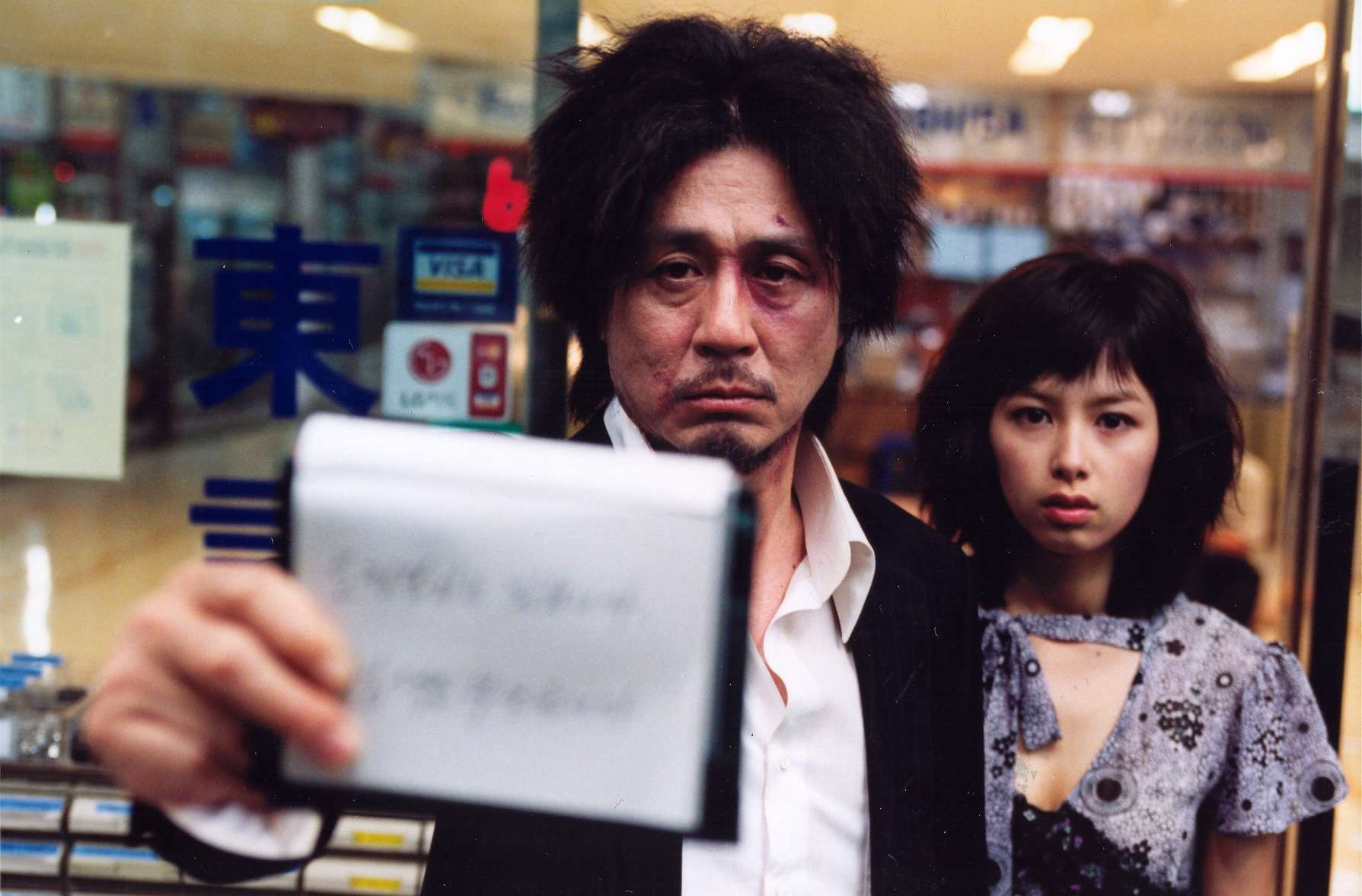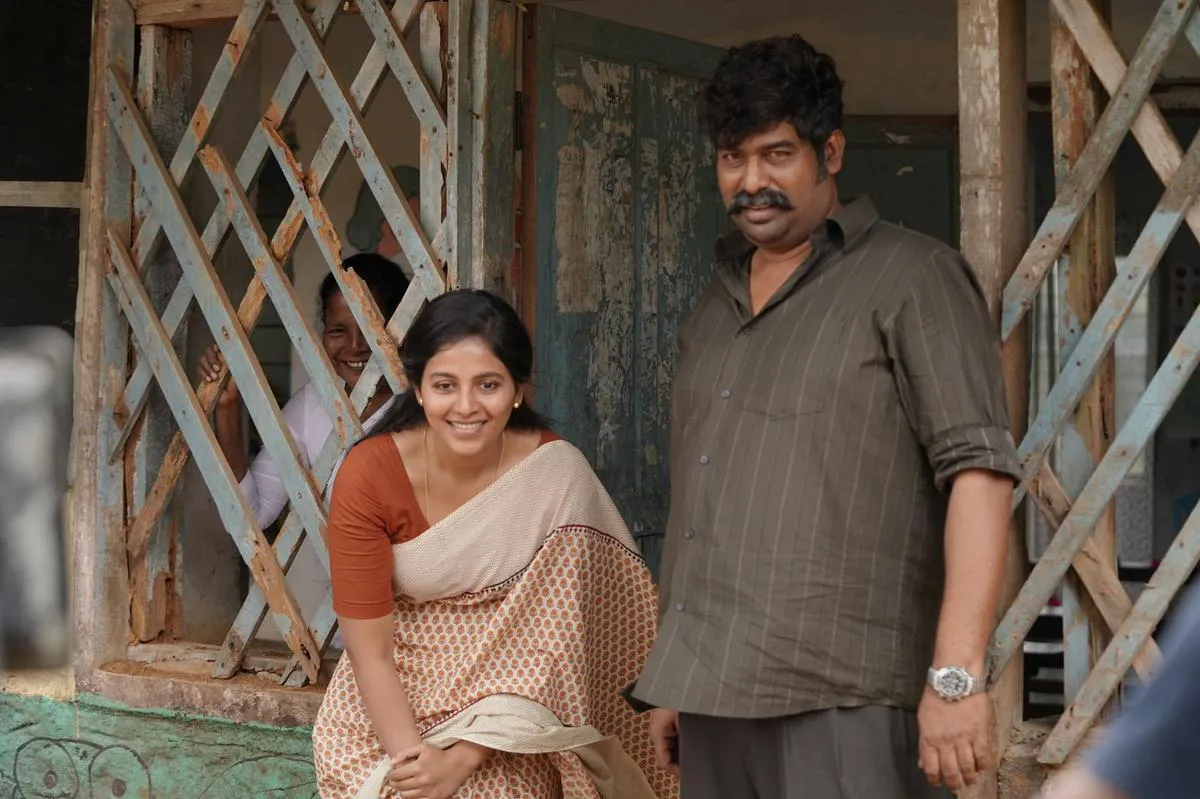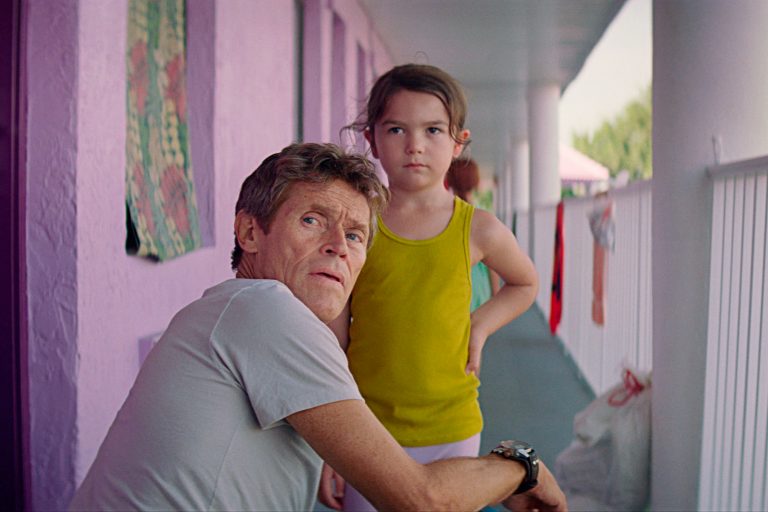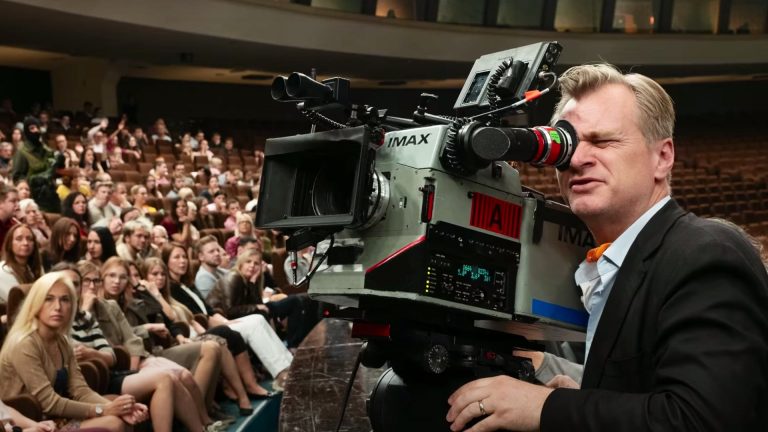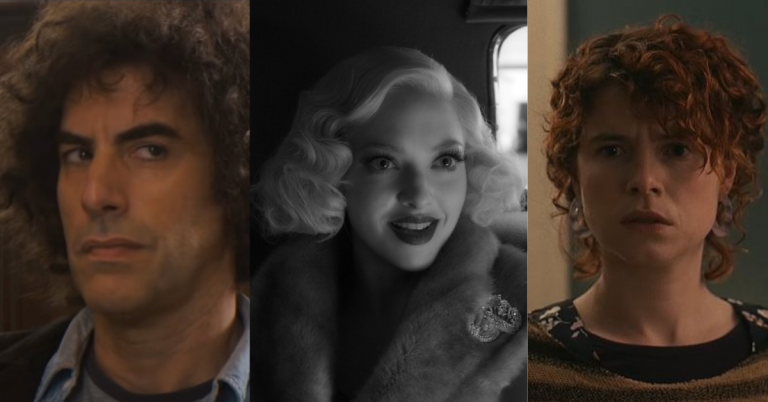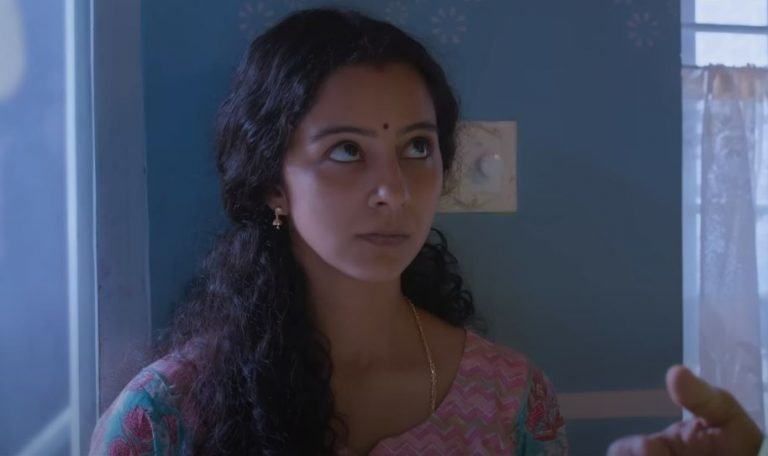The latest viral rage among Tamil cinema releases is the sophomore feature of director Nithilan Swaminathan’s “Maharaja,” also the 50th feature release of its star Vijay Sethupathi. “Maharaja” garnered almost universal praise for its gaming of screenplay structure and overall twist, even as its gender politics remain suspect. However, the movie’s success hinges on how filmmaker Swaminathan’s plot-based storytelling mechanics are honed much better in this feature.
Thus, this list will be based on two of these factors: the twist, or at least the nature of such a twist, and the non-linear screenplay being utilized within the film. Preferably, both of these aspects utilized together will be given preference. This list will also not describe details of the plot or plot twists in the film because the most enjoyment can be garnered by going into “Maharaja,” as well as all of the entries in this list, as coldly as possible.
Please Note: This is not a list arranged by a qualitative standard. It’s just a list of recommendations. Drop your recommendations down in the comments, and also, what are your thoughts about “Maharaja” or any of the films in this list if you have seen them?
1. Kurangu Bommai (2017)
The debut feature of the director of “Maharaja” utilizes some of the same tropes that “Maharaja” does and improves upon. It contains Nithilan’s propensity to intermix different modes of comedy as well as romance to cater to a wider audience that “Maharaja” also utilizes. Still, the plot slowly builds, utilizing a flashback sequence running parallelly before the present timeline of the plot finally clicks in by the hour mark.
It’s also fascinating how the director’s choice of using inanimate objects as the central MacGuffin is present in both of these films: for “Maharaja,” it would be the dustbin, and for “Kurangu Bommai,” it’s the black bag with the monkey print. And like “Maharaja,” the twist of the third act and thus the climax is shocking because of how dark its tonality is as an individual aspect, but unlike “Maharaja,” where the grittiness is sprinkled almost throughout the film, the final act of “Kurangu Bommai” pushes the film into darker territory.
Where to Watch:
2. Ela Veezha Poochira (2022)
The debut feature of Malayalam film director Shahi Kabir, the screenwriter of films like “Nayattu” and “Joseph,” rests solely on the tranquil and uneasy atmosphere, which is completely capable of creating a slow burn. Set in a singular location for the majority of its runtime, like “Maharaja” is for almost 70% of its runtime, the movie doesn’t have the gaming of the screenplay that “Maharaja” has, but it is more involved in the atmospherics and the soundscape that hones in a sense of uneasiness. But like “Maharaja,” this movie, too, rests on the laurels of its revelations and the shock value that arises from both of the twists driving the film forward. Like “Maharaja,” this film too shows a man ultimately forced to take the law into his own hands, but Kabir’s film is more sinister and cynical.
Where to Watch:
3. Missing (2021)
The first Japanese film on the list, this film by Shinzo Katayama does play with the screenplay structure, but through the intermingling of disparate genres. The logline of a little girl searching for her father, who had gone missing while investigating a string of serial killings, is only scratching the surface. With a screenplay that shifts perspective at the beginning of all of the acts in its three-act structure, “Missing” feels like an onion, with all its layers slowly getting peeled, each revelation further exploring the dark underbelly of moral dilemmas that could arise out of “the greater good.” It is further helped by how Katayama also structures these acts like three different types of movies but never loses coherence by the end. By the time the timeline and perspectives finally coalesce, the audience ends with bated breath over a heartbreaking ending.
Where to Watch:
4. The Usual Suspects (1995)
The core conceit of “Maharaja” is the titular character complaining at the police station about a group of thugs having managed to steal his most valuable property—a dustbin. However, it is only as the film progresses that the investigators and the audience realize that the story being told to them isn’t the entire truth but a manipulated one. The most popular progenitor of such an unreliable narration should be credited to the Christopher McQuarrie-written and Bryan Singer-directed crime classic
“The Usual Suspects,” where Verbal Kint (Kevin Spacey), through narration over a flashback, tells the story of a group of criminals and the convoluted backstory of what brought them together, as well as the mythical crime lord Keyser Soze, who had been controlling their every move. But unlike “Maharaja,” where the manipulation of the narration slowly unravels to depict horrifying reality, the narration in “The Usual Suspects” coalesces with the final twist by the end of the film, believed to be one of the finest twists in cinema history. And honestly, I can’t deny that.
Where to Watch:
5. Oldboy (2003)
Interestingly, popular culture filters “Oldboy” as a violent action movie with that fantastic one-take-action sequence and the twist that elicits a response of visceral and fantastical awe. To the extent that Maharaja’s final twist being compared to that of Oldboy automatically warrants this film’s place on the list, But that doesn’t change how wildly idiosyncratic the film is, both from the story perspective and how the director’s unique sensibilities contribute to the film’s grammar. “Oldboy” works in its exploration of vengeance and as a subversion of the tropes of the revenge genre.
It doesn’t lead to a catharsis of the protagonist but a validation of the antagonist. It’s a mashup of literary references and idiosyncratic tones that work in tandem to keep the viewer off-step. As scenes feel intentionally disjointed, soap operatic tropes like hypnotism become central parts of a narrative. “Maharaja,” however, does take the central tenet of “Oldboy”—revenge leading to an obsessive streak that ultimately carries all of the people involved in the crime to its bitter end—and integrates it rather well into its narrative.
Where to Watch:
6. Iratta (2023)
Like “Maharaja,” where more than the gaming of the screenplay also rests on the editing of Philomin Raj, the success of “Iratta” rests on the editing, especially in its depiction of one single event through multiple angles, as key pieces of information would be revealed to its audience. The unique aspect of the murder of one police officer being investigated by his twin brother automatically adds a tinge of intrigue and pathos due to their estrangement.
Like “Maharaja,” this too takes place in the present day in a mostly singular location, with the non-linear structure of the screenplay contributing to the flashbacks developing the character of the murder victim. However, the execution of the twist in the third act is excellent because of how it would be built up. Less than the twist, it’s more of an exploration of the ramifications of that event that results in the shock value of the film and leaves you with a bitter aftertaste because of the premise of the film itself, which contributes to the messed-up, twisted nature of the story.


